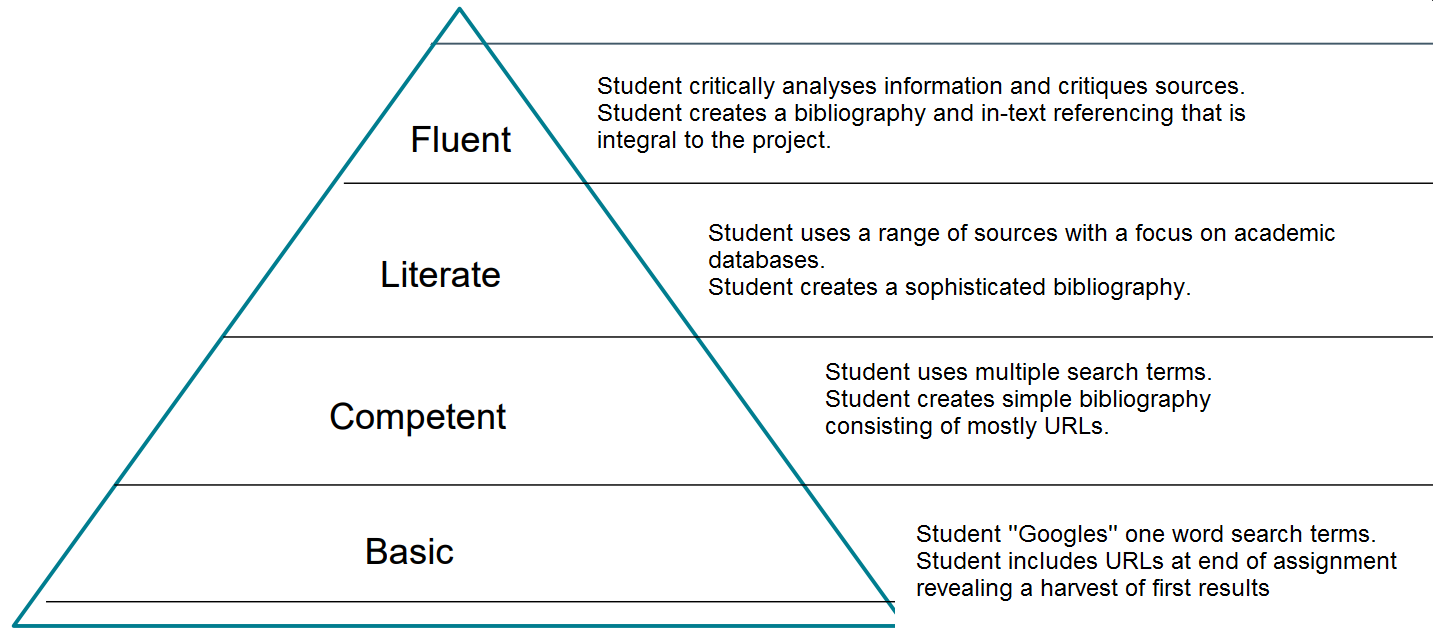What makes a good leader? Is it someone who tells you exactly what to do? Or is it someone who lets you do whatever you like?
During the last few months my understanding of leadership styles and the impact they have on the organisation you work in, has increased immensely. It is clear that leadership is a complex process and not a one size fits all approach. I understand that a leader has an enormous impact on the process of change.
As the teacher librarian (TL) I can see the potential of new pedagogies, like Guided Inquiry Design (GID), in preparing our students for a world with new demands and skills. I , on the other hand, can also see the eye-rolling of staff members on another compulsory change, the lack of time to take in the change before it arrives and the feeling that this is yet another transitory change (Clement, 2014). I have been one of the eye rollers myself! I believe that the right leadership style can be instrumental in the implementation of new and exciting visions. To implement a change like GID, a transformational approach focusing on team-building, motivation and collaboration (Ingram, 2019), would be required. I was quite unaware of this previously, it was something that just happened.
Working as a group during this subject was an interesting experience. I was slightly apprehensive working in a group online as communication can be an issue, but it seemed to flow quite well. I found myself initially taking on the distributional leadership role in our group. I set up the wiki for each case study and collated the responses for two of them. After the initial setup, the shared instructional leadership really blossomed. We were working as a team, with each member contributing to the posts. It was good to look at the scenarios from other viewpoints. The case studies provided some realistic and very relatable scenarios.
So what can I take, as a novice TL, from the case studies, the literature and the leaders around me? The impression that one leadership style is the way you lead was my thought process at the start of this semester. Throughout the course I developed the understanding that incorporating various elements from each leadership style makes sense. There are no set rules on leadership and what it looks like, it is open to interpretation.
The TL has can have a strong impact on the achievement of students. After all, as a TL we have the skills to teach information literacy and can present evidence that links this to higher academic achievement (DiScala, J. & Subramaniam, M.,2011). The TL can lead by example through modeling best practice and leading the way toward the achievement of goals and objectives. We need to show the value of the programs TLs teach by collaborating with teachers and executive staff and be transformational leaders by listening to students and staff and acting on the feedback that is given. The TL is also a servant leader. We are able to use our position to help both teachers and students, through clear communication, collaboration and strong interpersonal skills (Saunders, 2011).
Being a leading TL is something I aspire to. I hope in the future to be implementing these leadership style into one that suits my students, my colleagues and myself.
Clement, J. (2014). Managing and mandating educational change. School Leadership & Management, 34(1), 39-51. doi:10.1080/13632434.2013.813460
DiScala, J. & Subramaniam, M. (2011). Evidence-Based Practice: A practice towards leadership credibility among school librarians. School Libraries Worldwide, 17(2), 59-70. Retrieved from https://www.academia.edu/2419427/Evidence-Based_Practice_A_Practice_Towards_Leadership_Credibility_Among_School_Librarians
Ingram, D. (2019). Transformational Leadership Vs. Transactional Leadership Definition . Retrieved from Chron: https://smallbusiness.chron.com/transformational-leadership-vs-transactional-leadership-definition-13834.html
Saunders, L. (2011). Librarians as teacher leaders: definitions, challenges, and opportunities. Association of College and Research Libraries (ACRL) Conference papers, (pp. 264-274). Retrieved from http://www.ala.org/acrl/sites/ala.org.acrl/files/content/conferences/confsandpreconfs/national/2011/papers/librarians_as_teache.pdf
